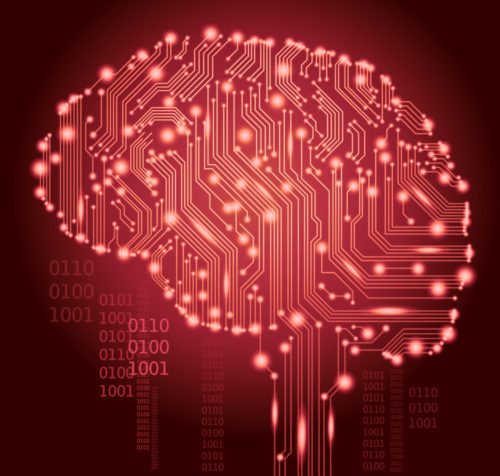What is Google’s RankBrain algorithm?
Stephen McCance February 23, 2017

As the RankBrain algorithm is being discussed again recently as a major SEO player for 2017, we thought we’d cover exactly what’s known about it so far.
Google’s RankBrain algorithm was released at the end of 2016, and many SEO professionals are still trying to get to grips with what this means for the industry. Whilst little is known about the way that the algorithm will work in practice, here’s some of what we know about RankBrain so far:
It’s an extension of Google Hummingbird
Hummingbird was an algorighm that was first introduced back in late summer 2013 and is also known as the ‘context’ algorithm. When released, it caused a stir in the SEO community as the algorithm uses the context of the searcher to judge what they are looking for. Extending the use of synonyms in searches, Hummingbird effectively enhanced the effectiveness of long tailed keywords in SEO strategies.
RankBrain takes the use of searcher behaviour one step further, using machine learning to predict the context of a user’s search query. The algorithm is designed to ‘guess’ the meaning of words or phrases it hasn’t seen previously and then match them with ones which are most likely to have a similar meaning. After guessing what the user means by their search, RankBrain then records the result for use at a later date, and so continues ‘teaching itself’ in a cycle of machine learning.
It’s a form of Artificial Intelligence (AI)
No, we don’t mean artificial intelligence as seen in science fiction films, sorry! The artificial intelligence used by RankBrain refers to the fact that the algorithm uses sophisticated machine learning behaviours to program itself on an ongoing basis, and improves over time due to the information absorbed. Whilst it can’t use information gained from interactions and it’s environment in the same way that the computers do in iRobot, RankBrain learns from peoples’ search behaviours and from making connections between words, phrases and terms and uses the learned connections to apply context. This is rather than following a pre-programmed set of rules that are coded by humans to predict search relevancy. Interestingly, though, RankBrain doesn’t actually do it’s learning in a live environment. The algorithm is fed historical searches in batches in order to learn to make it’s predictions, before the results are rolled out into the live algorithm, so the engine is not learning in real time.
It’s the third most important ranking factor
As of it’s release date, RankBrain officially became known amongst SEO professionals and experts as the third most important ranking factor in determining search engine results. Google actually expressly said this was the case at the time of the release. Still not considered as important as content and links, which are still first and second respectively, the relevancy of a website to the topic it covers is now huge in SEO terms. Whilst this is something that should have been a consideration before RankBrain’s release anyway, many SEOs are now finding themselves a bit stuck if they hadn’t been following the rules prior to the rollout.
It’s part of the central Google algorithm
When we refer to the likes of Penguin, Pigeon and Mobile Friendly algorithm updates, these are changes that are made to the algorithm that are usually created and released in order to combat certain issues with the way results are shown and to increase the relevancy and quality of search results. RankBrain, however, is not an update, it’s an actual part of the algorithm itself. This means that it’s an ongoing change to the way searches are ranked and in 2016 it was revealed that all searches were now using RankBrain as a determining factor in search results.
Whilst it’s known that RankBrain has had a huge impact on search relevance already, it’s not fully know what the extent of it’s implications are moving forward, or what changes could be made to it. We would predict that the relevancy of a website to searches will become even more paramount to a site’s ability to rank in 2017, and that the machine learning process of RankBrain will continue to improve the quality of search results as it progresses and learns more.
